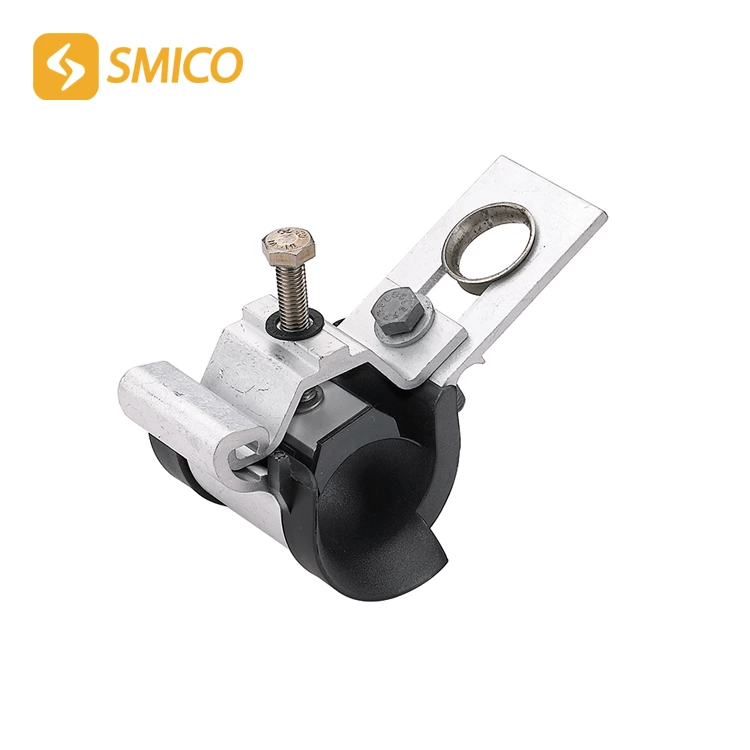Fretting Wear Characteristics Of Overhead Wires With Protective Wires Suspended By Suspension Clamps
1. fiber suspension clamp The fretting wear characteristics of the suspended overhead wire with protective wire are characterized by tiny and dense scratches on the surface of the wire. These cable suspension clamp scratches are distributed along the circumferential direction of the contact between the wire and the protective wire. They are caused by the relative tiny displacement friction between the wire and the protective wire under the influence of environmental factors such as breeze vibration.
Feature explanation: This feature points out the shape, distribution direction and cause of scratches on the surface of the wire after wear. Breeze vibration and other factors cause the relative displacement of the wire and the protective wire, resulting in tiny dense scratches in the circumferential direction.
2. The wear area where the wire and the protective wire contact part show a phenomenon of local color deepening, mainly because the friction heat generated during the fretting process causes the metal on the contact surface to oxidize, thereby changing the surface color.
Feature explanation: It explains the color change of the wear area and the cause. Frictional heat promotes metal oxidation, resulting in the darkening of the color of the contact part.
3. The micro-motion wear of the overhead wire with protective wire at aerial cable suspension clamps will cause local plastic deformation of the outer aluminum strands of the wire. This is the result of the combined effect of the pressure applied by the protective wire angle suspension clamp and the shear force during the micro-motion process.
Feature explanation: The deformation of the outer aluminum strands of the wire caused by wear and the factors that cause the deformation are clarified. The pressure and shear force jointly induce plastic deformation.
4. The micro-motion wear feature of harga suspension clamp is reflected in the shedding of fine metal particles on the contact surface between the protective wire and the wire. These particles are formed by the metal material peeling off from the surface during repeated friction and extrusion.
Feature explanation: Describes the characteristics and causes of metal particle shedding during wear. Repeated friction and extrusion cause the metal material to detach from the surface.
5. There is a certain degree of surface roughness increase in the micro-motion wear area of the messenger suspension clamp wire. This is caused by the combined effects of scratches, pits and accumulation of metal particles generated during the wear process.
Detailed explanation of features: Indicates the change in surface roughness of the worn area and the various factors that cause the change. Scratches, pits and particle accumulation together increase the roughness.
6. After the suspension clamp with i hook suspended overhead wire with protective wire is worn by micro-motion, some tiny dents will appear on the inner side of the protective wire. These dents are caused by the reaction force of the wire on the protective wire during long-term micro-motion.
Detailed explanation of features: Explains the wear characteristics and causes of the inner side of the protective wire. The reaction force of the wire causes dents on the inner side of the protective wire under long-term micro-motion.

